Humans rely on their sense of smell far more than they realize. Our sense of smell can alert us to dangers – like gas leaks or smoke – and it also plays a huge role in the way we experience our favorite foods. But to do all of that, our noses have to be pretty sensitive.
The trouble is, not every smell is pleasant. We all encounter our fair share of offensive odors every day. And that means knowing how to eliminate the smells we find unpleasant is an essential skill. This is especially true when those smells turn up in and around our homes and offices.
But each kind of unpleasant odor requires a specific solution to get rid of it. Truth be told, we could fill an entire encyclopedia with offensive smells and instructions on dealing with them – but that would take far too long to be of use to you. So instead, we’ve turned to Google’s search statistics to identify the top odors people go looking for help with eliminating.
Then, we consulted with cleaning professionals to find out their go-to solutions for dealing with each offending odor. In some cases, the solutions involved the use of household cleaning supplies you might already have at home. In others, they called for some specially-designed cleaning products tailor-made for eliminating a specific odor. So with no further ado, here are the five most common offensive odors and how you can eliminate them.
Number One: Cigarette Odors in Clothing

Although cigarette smoking isn’t as common a habit as it once was, there are still plenty of people out there puffing away – an estimated 34 million in the US at last count. It’s no surprise, then, that one of the most common odors people go looking for help getting rid of is the smell of cigarette smoke. And getting that smoky smell out of your clothing or furniture – even if you’re exposed to it in passing – isn’t always easy.
One of the best ways for you to get cigarette odors out of your clothes is to wash them normally and leave them out in the sun to dry. The fresh air will do wonders for your clothing, especially if it’s a breezy day outside. If it doesn’t work right away though, try to be patient. You might need to leave your clothes out for a few days to let Mother Nature work her magic.
If that doesn’t work, you’ll need to use some stronger countermeasures. Try re-washing your clothes using your normal detergent, but add a half-cup of baking soda to the machine. This will lower the pH of the water in the wash and help to neutralize the acidic compounds that help that smoke smell cling to fabrics. In most cases, a single wash should take care of any stubborn cigarette smoke smells in the affected clothing.
And if the clothing you’re trying to deodorize can’t stand up to machine washing, you still have some options. If your clothing isn’t delicate, you can purchase an inexpensive home dry cleaning kit (they’re made to freshen clothes and eliminate odors) and give it a try. Or if not – you can take the item to your local dry cleaners and they’ll have it freshened up in no time.
Pro Tip: If the source of the smoke that got into your clothes was in your home (like if you had a party or a guest who smokes), your clothes won’t be the only thing you’ll have to deodorize. You might need to mist a fabric refresher on your couches and furniture. But you should also take a moment to clean all of the light bulbs in your home’s fixtures.
As strange as it sounds, cigarette smoke clings to hard surfaces and will linger for some time. When those surfaces get hot – as conventional light bulbs do – the residue will heat up and start to stink up your house again. So give them a thorough wipe-down with an appropriate cleaning wipe. Or better yet, just replace your bulbs with LEDs. They’ll last you longer, and because they don’t heat up while in use, won’t trap and release any smells in the future.
Number Two: Skunk Spray

If you were to ask the average person to name a small they’re certain nobody likes, the odds are good that they’d say skunk spray. After all, it’s supposed to be vile, offensive, and off-putting. Skunks use their spray to ward off predators and other threats – and their lives may literally depend on how revolting the smell is.
The thing in a skunk’s spray that gives it its distinctive rotten-egg smell is sulfur – and a lot of it. It’s similar to the compound added to natural gas so you’ll notice a leak before it poses a threat in your home. The difference is that skunk spray has so much sulfur in it that you can smell it from half a mile away.
That being said, the stench of skunk spray is notoriously hard to get rid of. And because skunks have evolved to be able to precisely target their spray, once you’re in their crosshairs, you’re going to have a problem. Making matters worse is that the composition of skunk spray is such that it binds to other molecules, and doesn’t break down fast.
And beware – the conventional wisdom that tomato juice is an effective remedy for skunk smell isn’t true. It turns out that skunk spray is so overwhelmingly awful, that it will soon lead you to a state of olfactory fatigue. In other words, your nose gets tired of the stink and begins to ignore it. Then, because the tomato juice has its own strong smell, you begin to notice that instead. In the end, all you’ve done is add a big mess on top of the problem, and the smell will still be there.
In truth, there’s no quick fix for dealing with skunk smell. The best you can do is stay outside and wash the affected area with soap and water over and over to get rid of as much of the skunk spray as possible. If you go indoors, all you’ll do is spread the problem around your home. Once you’ve washed up as much as possible, take off your clothes (and put them outside, you’re not going to be able to save them) and shower for as long as it takes for the rest of the smell to go away.
And if you’ve made the mistake of going straight indoors after getting sprayed, you’ll need to do some more cleanup work. First, open up as many doors and windows in your home as possible. The extra ventilation will help – but it won’t solve your problem alone. Next, make a mixture of one quart of hydrogen peroxide, one-quarter cup of baking soda, and a teaspoon of grease-cutting dish soap.
You can use this to clean any affected hard surfaces and colorfast fabrics in your home. But use it sparingly and make sure to wipe it up or rinse it out right away. You can also use the same mixture to bathe your pet if they’ve been sprayed. Just use it on the affected area, rinse them well, and follow it up with a complete bath using your normal pet shampoo.
Number Three: The Smell of Mildew in Clothing
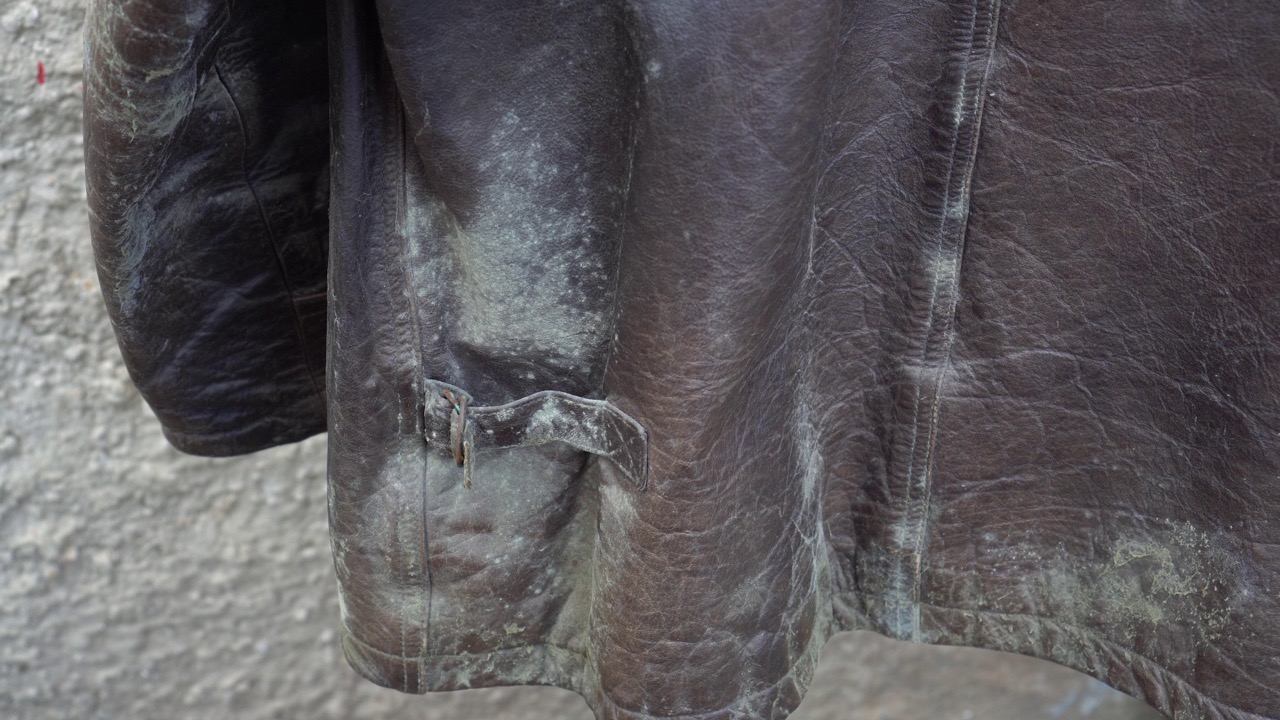
Mildew is one of those things that most people are aware of, but can’t exactly define. It’s often confused with mold. And it is a type of mold – in that it’s a microscopic airborne fungus that settles on hard surfaces and grows in damp environments. But it has a distinctive musty odor that smells a bit like wet socks.
And because mildew tends to form in damp, dark environments, it often thrives in washing machines. So if you’ve noticed the smell of mildew on your clothing, that’s the first place to check. Look for any standing water that failed to drain from your washer after its last use. If you don’t see any, but notice a strong mildew smell in the washer tub, it’s a good idea to give the machine a thorough cleaning.
Most washers come with cleaning instructions that will let you know the best way to do this. If you can, add a little bit of bleach to the specified cleaning cycle for better results. You might need to do this each week to gradually destroy the source of the odors.
And while you’re at it, try to clean as many of the tight spaces in and around your washer’s door. Mildew will often hide there and won’t get washed away with a cleaning cycle. You can use a mixture of ¾ cup of bleach in a gallon of cool water to do the job. Then rinse well to avoid damaging your clothes next time you use the washer. And – be sure to leave your washer door open after each use to avoid a recurrence of the problem.
If the mildew was bad enough that it stained your clothes, or if your clothes were the culprit all along, you’ll need to clean them with an appropriate bleach. For whites and other colorfast fabrics, sodium hypochlorite (everyday chlorine bleach) should do the trick. For fabrics that specify not to use bleach, you can substitute a sodium percarbonate product (like OxiClean) that won’t damage them and will still destroy the offending odor.
Number Four: Pet Urine in Carpets
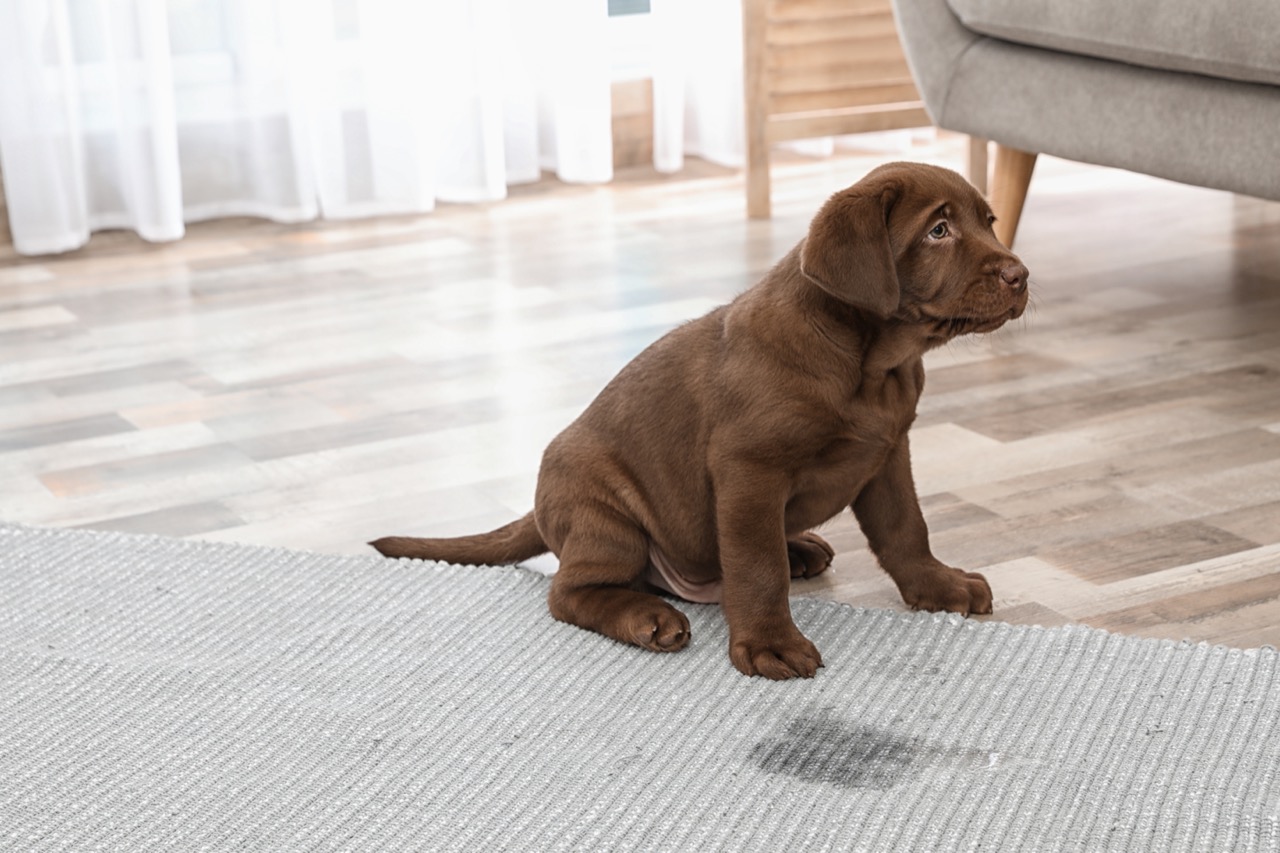
Every pet owner knows that their furry little friends are a big part of their lives. They’re there to greet you after a hard day, cuddle up with you as you settle in for the night, and give you the kind of unconditional love you can’t get elsewhere. But they can also turn your home into their own personal bathroom – and leave a nasty smell in their wake that’s all but impossible to get rid of.
Most of that’s due to the uric acid in their pee. It tends to cling to textiles and doesn’t rinse away or break down in water. That means that no matter how many times you try to clean a urine-soaked carpet using conventional cleaning products, you’re always going to leave something behind.
Your best bet to get rid of the smell is to clean the soiled areas as soon as you find it – hopefully right after your pet does its business. What you’ll want to do is blot up as much of the urine as possible using a scrap towel or paper towels. Getting the majority of the liquid out before it bets deeper into the carpet – or worse, into the padding underneath – is essential.
Then, you’ll want to treat the area with an enzymatic cleaning product designed for your type of pet. Most contain a solution of bacteria and enzymes that will break down and then consume the waste products your pet has left behind. This will not only get rid of any stubborn stains but also get rid of the lingering odors in the carpet. If you’re dealing with a soiled area that you didn’t find right away – like if your pet made a habit of going behind a couch – you might have to repeat the process a few times.
Be aware, though, that you need to use a cleaning product that’s made specifically for your type of pet. For example, cat urine contains a higher concentration of uric acid than dog urine, so the formulation of the appropriate enzymatic cleaner isn’t the same. And as long as you use a cleaning product that’s up to the task, you should end up getting decent results.
Number Five: The Smell of Gasoline in Clothing and Shoes
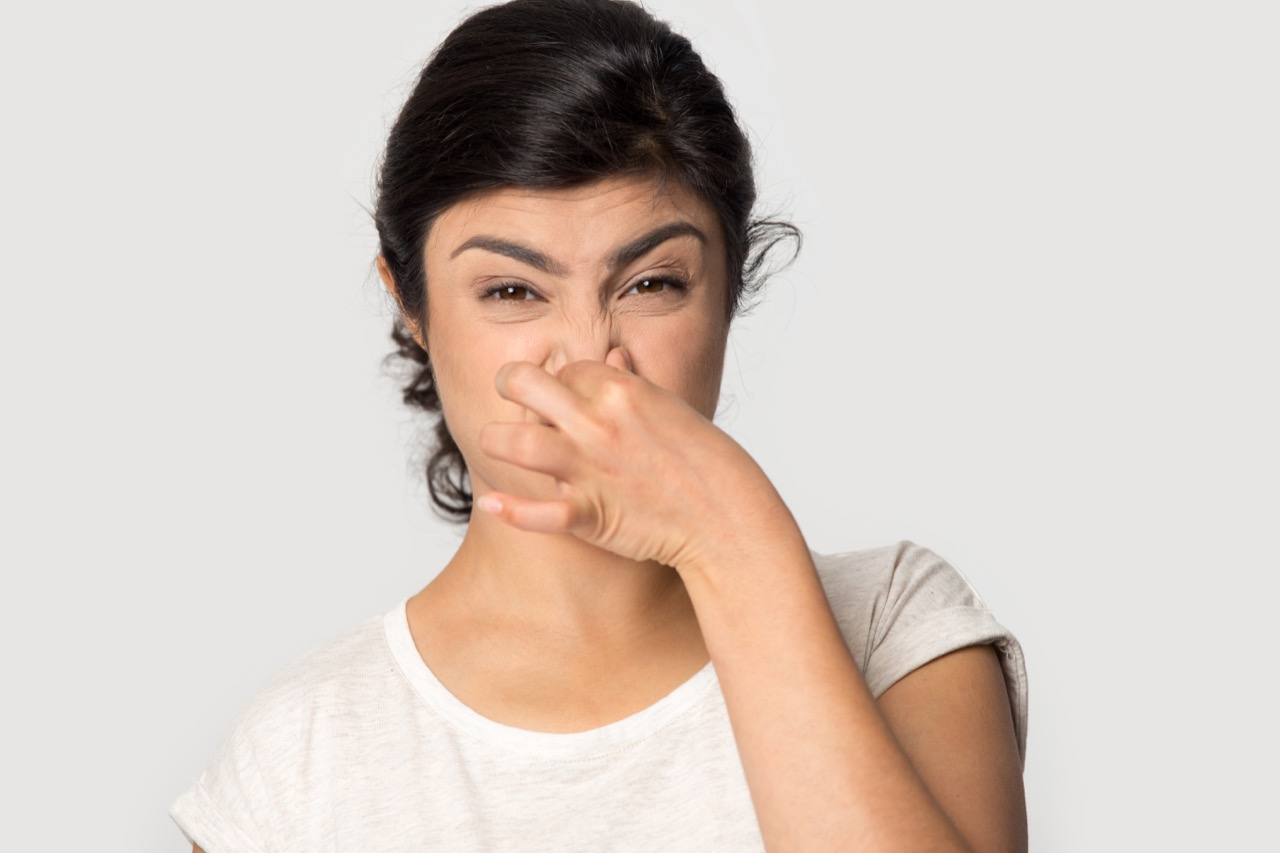
This last one is something of a head-scratcher. There seem to be an awful lot of people out there finding ways to spill gasoline on themselves, despite the numerous gas pump safety features trying to prevent exactly that. However it happens, though, it appears that people somehow end up needing to remove the stink of gasoline from their clothing and shoes.
First – a public service announcement. If you’ve spilled gasoline on your clothing or shoes, and you’ve spilled enough that you can easily smell it: don’t put them into your washing machine or dryer. You could end up causing an explosion while you’re trying to salvage your garments, and that’s not a good trade-off.
If the affected clothes or shoes aren’t expensive or particularly important to you, you shouldn’t bother to clean them. Just throw them away and buy new stuff. But, if you can’t bear to part with the affected items, there are some ways you might be able to save them. It’s just going to take a whole lot of time, energy, and patience.
Since gasoline is a petroleum product – oil, that is – you’re going to need to turn to a powerful degreaser to get it out of your clothing or shoes. The trouble is, some of those stronger products can destroy certain materials. Things like polyester, acrylic, nylon, and spandex are made from petroleum, themselves (bet you didn’t know that). And so cleaning agents made to break down oils are a big no-no for those.
To be sure you’re not going to do more harm than good, check each garment’s care label and test the degreaser you’re using somewhere inconspicuous. If all is well, you should soak everything in the degreaser (using whatever mixture its label calls for) in a tub. You’ll need to leave them soaking overnight outside for best results. You might need to do this more than once if you still detect the smell of the gasoline – it’s quite persistent. But if the garments mean that much to you, consider it a labor of love.

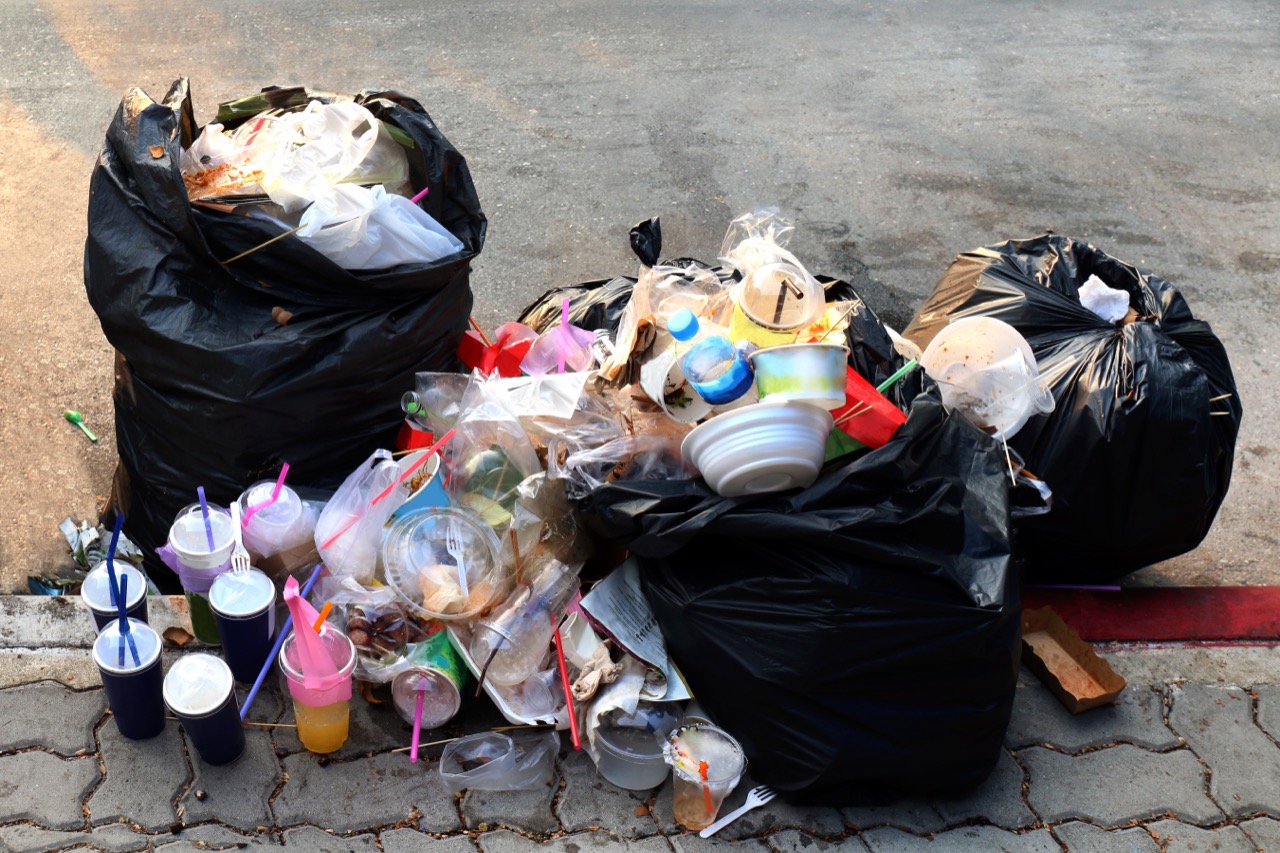

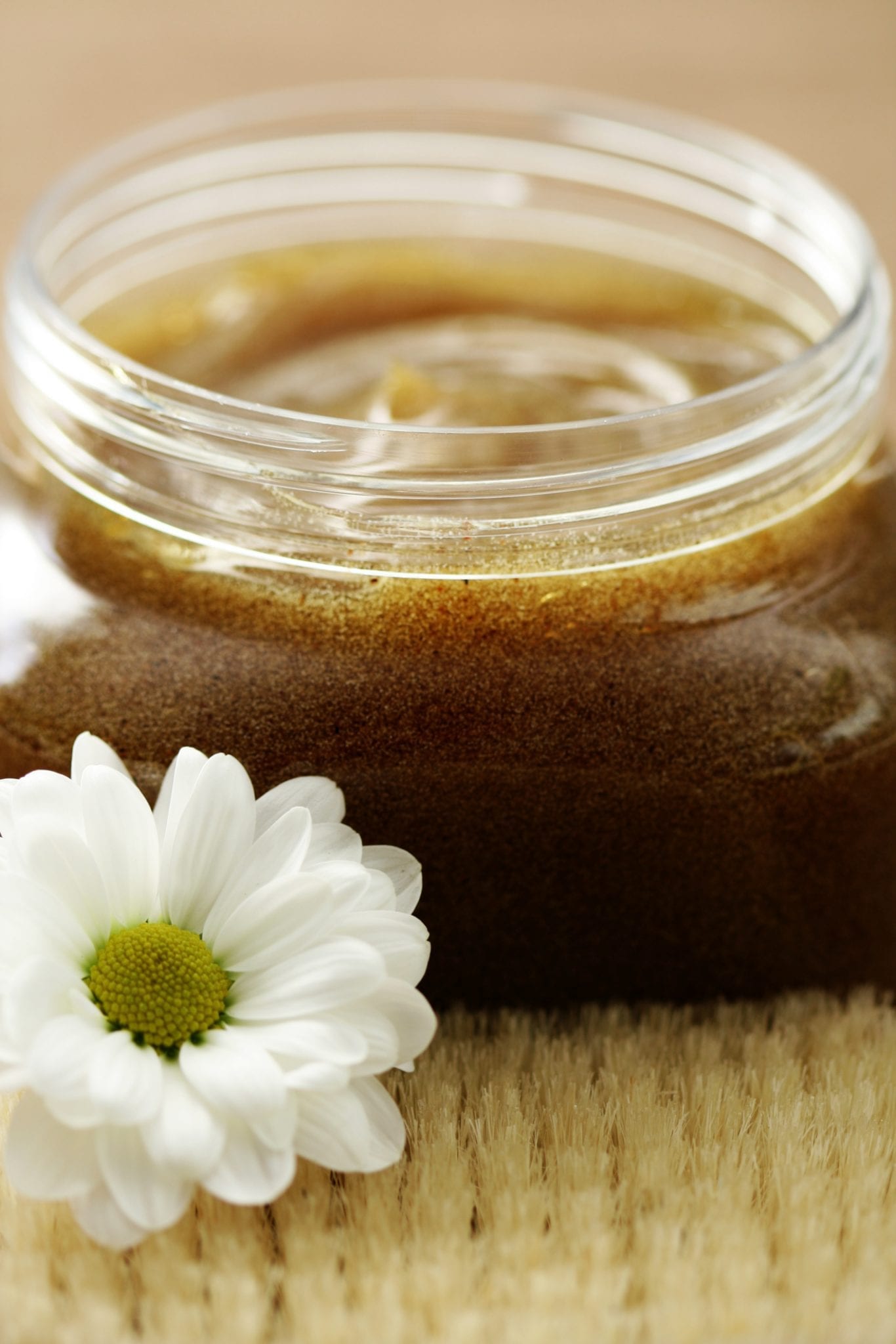

Leave a Comment